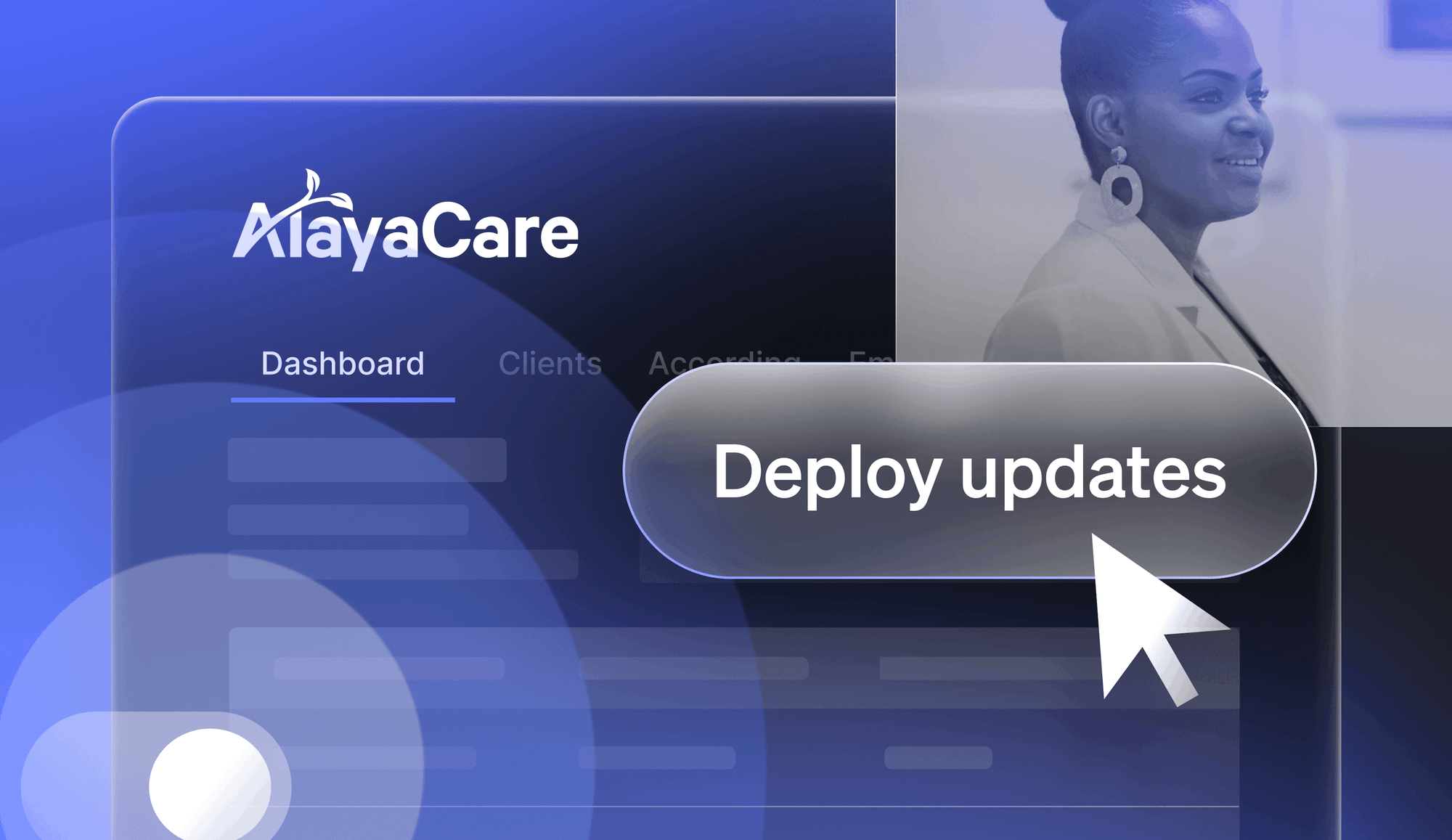Deciding whether to make the jump from an individual contributor to a manager can be difficult. It's tough not to wonder how your days will change and whether you will still be able to work on projects that bring you joy. If you’re a caregiver, you may wonder whether you can balance the increased demands with your caregiving responsibilities. No two experiences will be the same, even for people at the same company.
I sat down to write this blog to help readers like you understand what it's like to be a manager. Here’s a brief view into what my weeks look like as a manager of the developer marketing team at a high-growth start-up.
Consistency
It’s easy to say that no two days or two weeks are the same, and that is somewhat accurate. However, there are some patterns to my standard week schedule.
I support a team that spans time zones from British Summer Time (BST) to Pacific Daylight Time (PDT). I’m based in the Central Daylight Time (CDT). I split my work week up so two days I’m working CDT hours starting at 8 or 9 a.m. until 4-6 p.m. and the other two days I’m working PDT hours starting 10 a.m. until 6 or 7 p.m. This gives me days where I have overlap with team members east of me and team members west of me (including our headquarters).
You may be doing the math and saying that’s only four days, what about the fifth day. One day a week I reserve as a no-meeting day. No meeting days are essential for me. It is very common for my calendar to be filled with non-stop meetings, leaving no time to get other tasks or work completed. When this happens people will often end up working into the evenings. I strongly believe this is an unhealthy practice and is one thing that contributes to the number of people experiencing burnout.
As a parent, working into the evenings isn’t possible for me. The evenings are reserved for spending time with my family.
Mondays
I tend to stack my one-on-one meetings on Mondays. This helps me check in on projects for the week and see where my team members may need support for the coming week. In addition to the weekly one-on-ones I have with my direct reports and managers, I have monthly one-on-ones with cross-functional team members in customer success and documentation.
On Monday morning, I also compile a list of the tasks or projects I need to work on in the coming week. These are sometimes small tasks that I can complete when I have 15-30 minutes between meetings, but sometimes they require larger blocks of time.
This week my list included:
- Complete my mid-year performance review
- Work on our quarterly hackathon (this blog is a product of that)
- Prepare for speaking and writing workshop
- Analyze survey results and write report
- Publish speaker guidelines
- Finalize CFP
Once I have the list completed I look to see what large projects require blocks of time. I’ll then schedule focus time on my calendar or reserve those tasks for my no-meeting day. This week, the survey writing was reserved for my no-meeting day. It’s Thursday and I still haven’t completed my mid-year performance review (I’ll get to that tomorrow).
Tuesdays
Tuesdays are generally when ad-hoc meetings get scheduled. I don’t have any standing meetings on Tuesdays which gives me more flexibility. I can often find blocks of time here to work on those tasks requiring more work. I’ll also use these days to conduct internal trainings. This week, I hosted a workshop for the company on coming up with ideas to speak or write about. Next week, I’ll be giving a training to our interns on Tuesday.
Wednesdays
Wednesday is typically my no-meeting day. Sometimes this has to change, and sometimes I’ll schedule mentoring or social chats for Wednesday which gives me a nice break from writing or whatever other large task I’m trying to complete.
Thursdays
We have all-hands twice a month on Thursday. Thursday has also become a day where a number of other standing meetings are scheduled. Sometimes I’m fortunate that there are blocks of time where I can focus on tasks, but often Thursdays are non-stop meetings.
Fridays
Friday is the day when I panic and look at my to-do list and realize very few things have been crossed off. I may then add the other tasks I worked on and cross them off so I don’t feel like I did nothing that week. I try to address the most important things on my to-do list that needs to be completed. This week that task will be completing my mid-year performance review.
Asynchronous communication
I try to complete as many conversations as possible via asynchronous communication, partly because my team and our company are distributed across multiple time zones. Our team does a daily Slack stand-up composed of three questions:
- How do you feel expressed via emojis or gifs?
- What are you working on today?
- Are you blocked or do you need help with anything?
On Friday I mix it up and ask:
- Weekly win (either personal or professional)
- On a scale of 1 to 5 how was your workload
- What are you looking forward to this weekend?
Some weeks are more stressful than others. A team member saying their workload was a four or five one week isn’t a concern, but seeing multiple in a row would be a flag to me and would be something I would address.
Find your balance
We all need balance in our lives. One of LaunchDarkly’s values is "work is not life." My schedule in part reflects that value. I found a schedule that works for me. Granted some weeks it gets thrown out the window due to a conference or having to juggle summer camp pick up and drop up for our son, but for the most part I’ve found a balance between focus work, supporting my team, and working on projects I enjoy like writing this blog for our quarterly hackathon.


.png)



.png)








